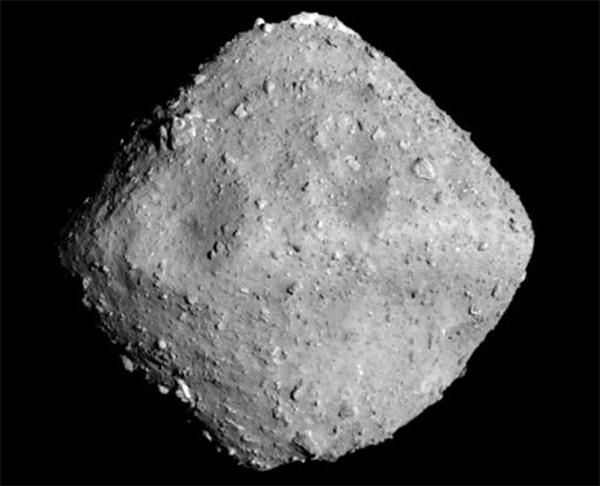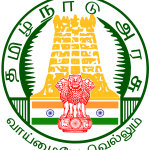Ø NASA recently received its first sample of asteroid Ryugu, which was returned to Earth last December by the Japan Aerospace Exploration Agency’s (JAXA) Hayabusa2 spacecraft. This is one of the first samples to leave Japan for preliminary investigation. Mike Zolensky was one of the first scientists to examine the sample to determine its basic nature. Studying carbonaceous asteroids like Ryugu could help scientists better understand how the solar system formed.
Ø Background: On December 6, 2020, the Japanese Hayabusa2 spacecraft dropped a capsule to the ground of the Australian Outback from about 120 miles or 200

kilometres above Earth’s surface. The capsule which reached the Earth contained some of the most precious cargo of the solar system; the rubble sample collected from the surface of asteroid Ryugu. JAXA decided to disperse samples of Ryugu to six teams of scientists around the globe so that these researchers will dig and inspect these ancient grains to understand more about their origins. The preliminary sample investigations and analyses are continuing at Johnson Space Centre, USA.
Ø Asteroid Ryugu: One of the darkest celestial bodies in the solar system, Asteroid Ryugu is an ancient leftover of a larger asteroid that formed in the cloud of gas and dust. The diamond-shaped asteroid is classified as a carbonaceous, or C-type asteroid, it is an intriguing type of rock in space that is rich in carbon which is an essential element considered for life. The near-Earth asteroid Ryugu was discovered back in 1999 by the Lincoln Near-Earth Asteroid Research (LINEAR) project, a collaborative U.S. based project which aims to catalogue and track space rocks.
Ø Hayabusa2: Hayabusa2 is a Japanese mission launched in December 2014 on a six-year mission to study asteroid Ryugu, and to collect samples to bring to Earth for analysis. The Hayabusa2 spacecraft arrived at the asteroid in June 2018. The spacecraft deployed two rovers and a small lander onto the surface.
Ø Hayabusa2 fired an impactor into the asteroid in February 2019 to create an artificial crater. This allowed the spacecraft to collect a sample from beneath the surface of the asteroid. The spacecraft delivered the asteroid sample to Earth on Dec. 6, 2020. The spacecraft is now on an extended mission to study the small asteroid 1998 KY26.





